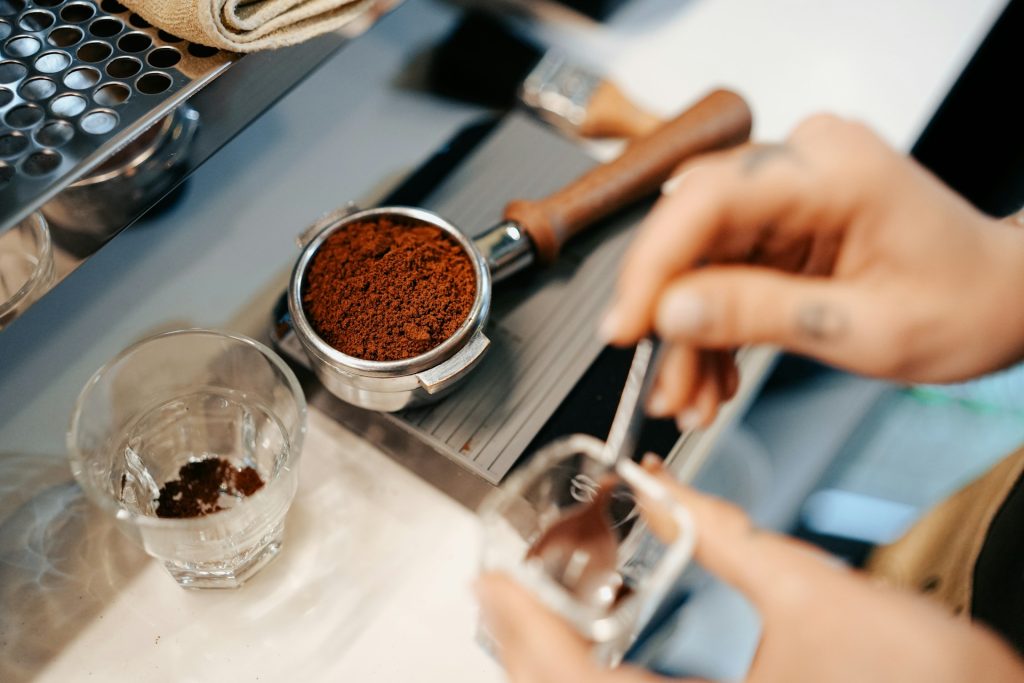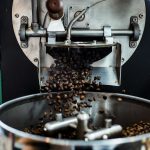Table of Contents
That amazing “75% off premium coffee beans” deal might not be the bargain you think it is. After spending thousands on supposedly great coffee deals, I’ve learned exactly what separates a genuine bargain from a marketing trap.
The Price Tag Isn’t Everything
When it comes to coffee deals, focusing solely on the discount percentage can lead you down an expensive path. Just because something’s on sale doesn’t mean it’s worth buying. I once jumped on a “buy one get one free” deal for Colombian beans, only to discover they were already stale. The real value of coffee isn’t just about the price – it’s about what you’re actually getting for your money and how it serves your brewing needs.
Red Flags That Scream “Stay Away”

Before you get excited about that next big coffee sale, watch out for these warning signs that often indicate poor quality or dated inventory.
Missing Roast Dates
If you can’t find a roast date, walk away. Many budget deals use old inventory that’s been sitting in warehouses for months. Fresh coffee should have a clear roasting date – not just a “best by” date. This is the number one trap that catches even experienced coffee lovers. Many sellers try to hide this crucial information behind flashy packaging or vague dating systems.
Vague Origins
Watch out for beans labeled simply as “South American” or “African” blend. Good coffee proudly displays its specific origin. The more vague the description, the more likely you’re getting lower-quality beans mixed together to cut costs. Quality sellers take pride in sharing their beans’ exact origins, down to the specific region and sometimes even the farm.
Suspiciously Low Prices
Premium coffee has a cost floor – it simply can’t be produced and sold for pennies. If you see whole-bean coffee selling for less than $8-10 per pound, there’s usually a catch. The beans might be defective, old, or mixed with lower-grade fillers. Remember that ethical sourcing and quality processing have inherent costs that can’t be eliminated.
Green Lights That Signal Good Value

Learning to recognize genuine deals takes time, but these positive indicators rarely steer you wrong.
Seasonal Discounts
The best legitimate deals often come when roasters clear inventory for new seasonal beans. Look for these transitions – usually around March/April and September/October. I’ve scored some amazing beans at 30-40% off during these periods. Smart shoppers plan their bulk buying around these predictable seasonal transitions for maximum savings.
Bulk Pricing That Makes Sense

Good bulk discounts typically offer 15-25% off when buying 2-3 pounds. If the discount is deeper, check those roasting dates extra carefully. My local roaster gives 20% off for 2-pound purchases, and the math works out perfectly for my coffee consumption. Consider partnering with friends to take advantage of bulk pricing while ensuring you’ll use the beans while they’re fresh.
Transparency in Pricing
Quality sellers explain their pricing. They’ll tell you about their direct trade relationships, specialty grade beans, and roasting process. This information helps justify the price and shows they value transparency. Look for detailed explanations of how they source their beans and build relationships with farmers.
Hidden Deal Sweeteners
Sometimes the best value isn’t in the obvious discount but in the additional perks that come with your purchase.
Free Shipping Thresholds
Sometimes the best deals aren’t about the coffee price but the shipping. Many roasters offer free shipping at certain purchase levels. I’ve found that buying just enough to hit free shipping often saves more than waiting for a sale. Calculate the total cost per pound including shipping to find the true value of different offers.
Loyalty Programs Worth Joining
Not all coffee loyalty programs are created equal. Look for ones offering real value – like accumulating points for free bags, early access to new releases, or member-only discounts. Skip those requiring monthly subscriptions unless you’re sure about the commitment. The best programs reward regular purchases without forcing you into rigid buying patterns.
Subscription Savvy
Navigating coffee subscriptions can be tricky, but knowing what to look for helps you lock in genuine long-term savings.
Trial Period Terms
Good subscription services offer flexible trial periods and easy cancellation. Be wary of those requiring long-term commitments or making cancellation difficult. The best ones let you adjust delivery frequency and bean selection easily. Look for subscriptions that offer a satisfaction guarantee and responsive customer service to address any issues that arise.
Price Lock Guarantees
Some subscriptions guarantee your initial price even when their regular prices increase. This can lead to significant savings over time, especially with rising coffee costs worldwide. Watch for subscriptions that offer both price protection and the flexibility to adjust your preferences as your taste evolves.
Quality Indicators Worth Paying For
Understanding these quality markers helps you identify truly valuable coffee deals beyond just the price tag.
Processing Information
Detailed processing information (washed, natural, honey) usually indicates higher-quality beans. These sellers know their product and aren’t afraid to share details. They’re more likely to offer fair deals on quality coffee. When this information is prominently displayed, it often signals a roaster’s commitment to transparency and quality.
Altitude Growing Information
When sellers specify growing altitude, it often signals premium beans. While this might mean higher prices, sales on these beans usually offer better value than cheap beans at regular prices. High-altitude beans typically develop more complex flavors, making them worth the investment when found at a reasonable price point.
Deal-Finding Strategy
Finding the best coffee deals isn’t just about luck – it’s about knowing when and where to look.
Timing Your Purchases
The best deals often appear early in the week when roasters plan their roasting schedules. Sunday evening and Monday morning are prime times to check for specials. Holiday sales can offer good value but verify stock freshness. Sign up for newsletters from your favorite roasters to get early notifications about upcoming sales and special offers.
Building Relationships
Get to know your local roasters. They often offer unadvertised deals to regular customers. I’ve received insider tips about upcoming sales just by chatting with my local roaster during my weekly visits. Many roasters appreciate feedback and will work to match you with beans that fit both your taste and budget preferences.
Making Smart Coffee Investments

Understanding how to invest in your coffee habit can save you money while ensuring you always have great beans on hand.
Before clicking that “buy” button, check the roasting date, shipping costs, and quantity vs. your consumption rate. A great deal becomes expensive when beans go stale before you can use them. Consider splitting bulk purchases with friends to maximize savings while ensuring freshness. Keep track of your coffee consumption to better plan your purchases and storage needs.
Smart Shopping Leads to Better Brewing
Remember, the best coffee deal isn’t always the cheapest option – it’s the one that brings quality beans to your grinder at a fair price. Your morning cup is too important to waste on subpar beans, no matter how good the discount seems. With these guidelines in mind, you’re ready to spot genuine deals that will keep your coffee game strong without breaking the bank.

I’m Audrey, a dedicated mother of teenagers with an insatiable love for coffee. On BeanBrewLove.com, I intertwine my need for caffeine with reflections on life. Whether expressing a nostalgic sentiment or injecting a hint of sarcasm, my blog is a reservoir of coffee culture, brewing techniques, and global coffee reviews.




